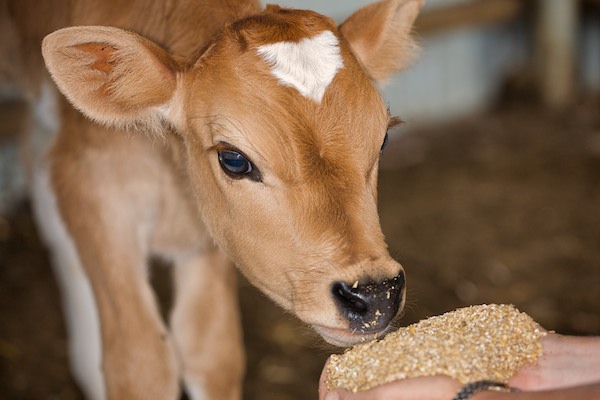All across the world, animal feed is traded on international marketplaces. According to the export research, around 117 nations and territories are actively importing Animal Feed from India. Overall, exports totaled $128.13 million in the United States in 2012. Because of this, anybody who wants to export Animal Feed from India will find detailed instructions on how to do so on the websites listed above. The data collection that follows contains information on anything from Animal Feed Import From India.

Animal Feed Import from India
Africa Countries
India and Africa’s complementary sectoral priorities and similar roles in the evolving global food markets present numerous opportunities for collaboration in the animal feed sector. This analyses the potential for India-Africa cooperation towards food security and capacity building. It assesses Indian partnership with African countries in the areas of agriculture and food security, outlines current initiatives in both regions, and explores possible interventions through technology-based services. The paper also looks at India’s agricultural products and machinery trade and argues that the country’s investments in African animal feed products need to focus on importing higher quality animal feeds that can be achieved when the tie-ups for animal feed imports grows strong between India & African Countries.
Concentrate on the work being done to boost feed and food production in Africa. Cocoa, cashew nuts, coffee, cotton and rubber are just few of the agricultural products that can be found in African countries. More recently, flowers have been added to the list of commodities that can be found in African countries (roses). The production of cashew nuts (Tanzania) and roses (Kenya and Ethiopia) in Eastern Africa is well-known, and we can see that investment firms from outside the continent are making investments in these sorts of items. It’s not just grain processing that gets a financial boost from venture capitalists.
China
As a consequence of China’s dramatic rise in grain imports, the corn market as a whole has been thrown into disarray. This week, the price of corn was the highest it’s been since the first week of April when it hit an all-time high of $7.32 a bushel. In recent years, China’s hog productivity has recovered from outbreaks of African swine disease, increasing the country’s need for feed grains at a rapid rate. Besides wheat and barley, soy, which is used in animal feed and has been on the rise since last year, has also been affected by this trend. This year’s imports of both corn and wheat from China are expected to rise by around 250 percent, according to the USDA. Many more Chinese people can purchase meat because of China’s rapid growth in wealth. This is driving up demand for pork and other animal products.
Nepal
The Nepalese economy relies heavily on agricultural production, with livestock accounting for 26% of overall agricultural output (AGDP). There are several benefits to raising livestock: human nourishment, the production of wool and skins for the industry, and the use of their manure for crop cultivation. Seven million cattle, five million buffalo, ten thousand thousand goats, one thousand thousand sheep, one thousand thousand pigs, and forty-eight million poultry comprise the country’s livestock. Despite having the fourth-largest buffalo population in the world, the country’s production pales compared to that of its neighbors, such as India and Pakistan. Lack of high-quality animal feed and inadequate feed supply is thought to be the primary causes of low livestock productivity. Many studies were undertaken in Nepal to analyze and use available feeds so that they may be utilized responsibly. The research was carried out in three ecological belts and five development zones. This study was based on a review of many publications, project reports, conference proceedings, statistical data from the statistics department, and expert opinion and analysis from the team members.
France
At a compound annual growth rate of 4.4 percent, the feed market in France is expected to develop over the forecast period (2020-2025). There has been an increase in the usage of feed additives in the region due to concerns about the safety of meat and dairy products. Increasing meat consumption and growing meat prices are expected to fuel the market’s development. The meat and other products developed from French animal breeds are highly sought after across the globe. Compound feed and feed additives have been in demand as a consequence of this growth in animal exports from the country. The industrialization of meat production and increased market for nutrient-dense animal products have boosted the industry.
For more details related to animal feed import from India contact SSB Export.







